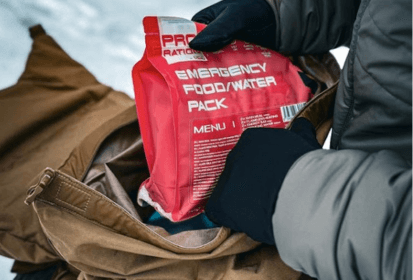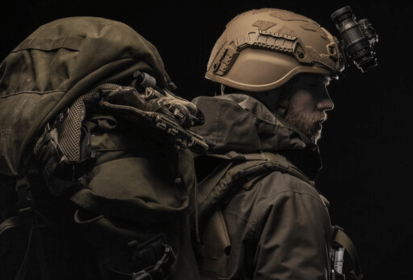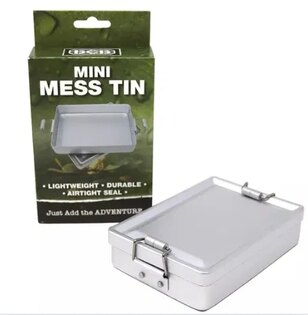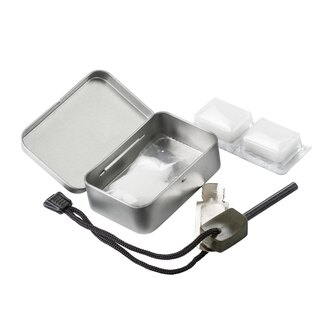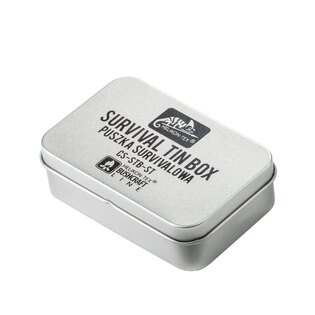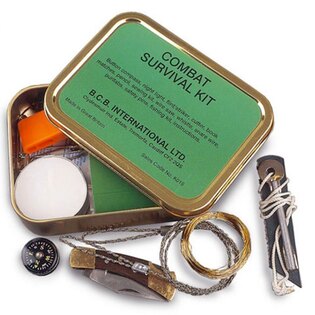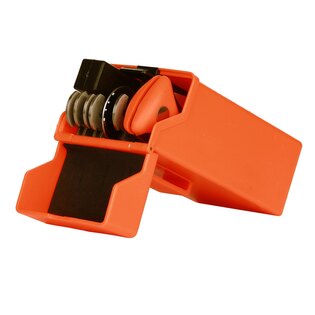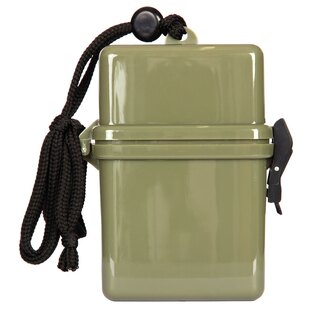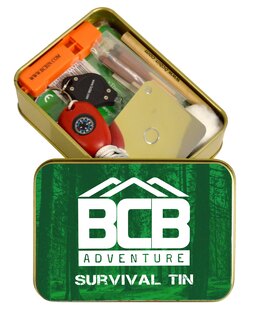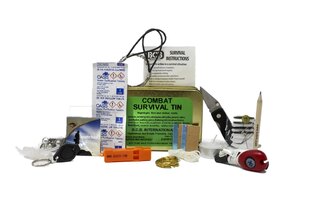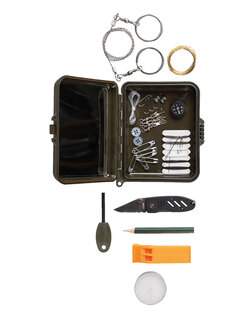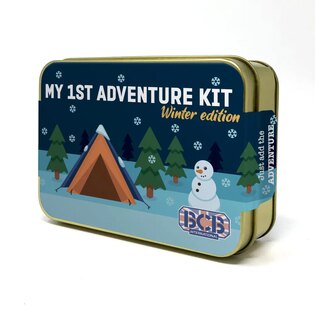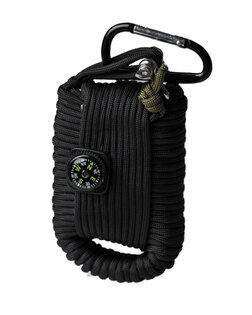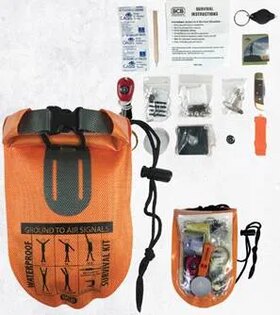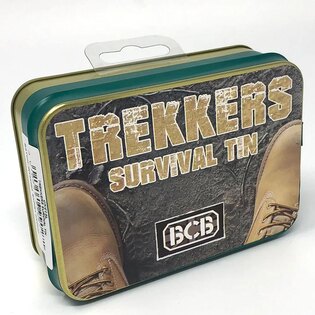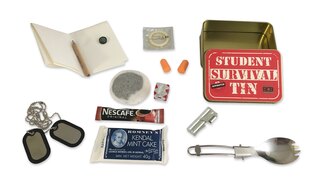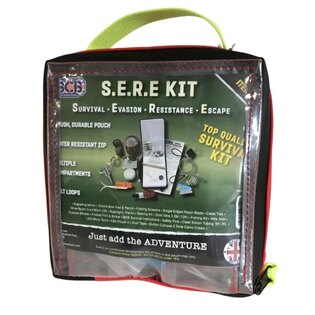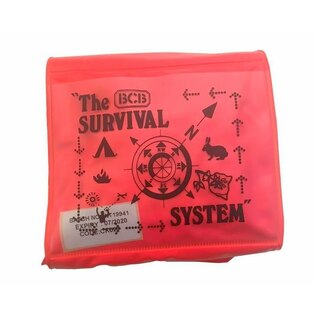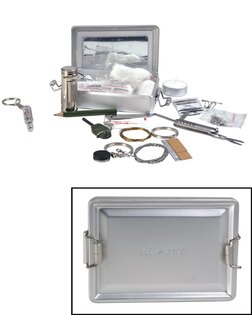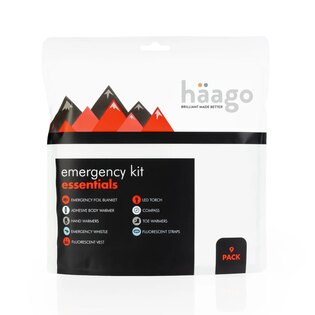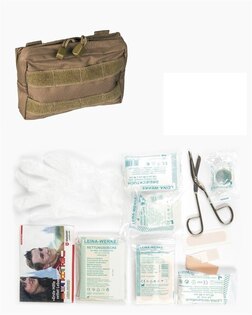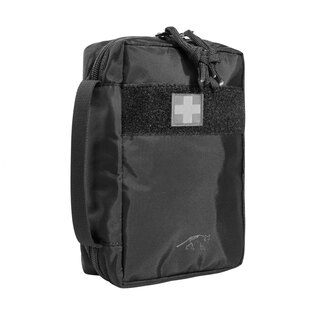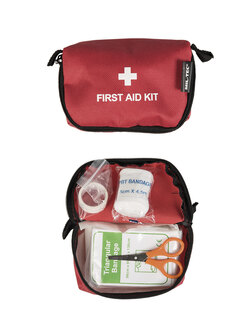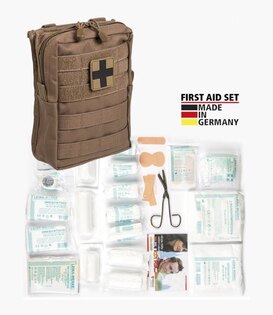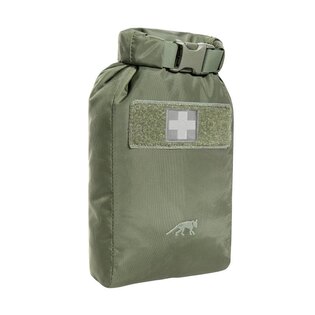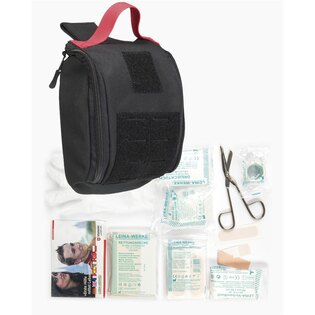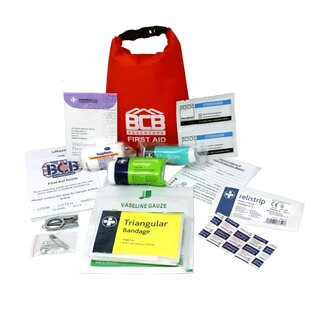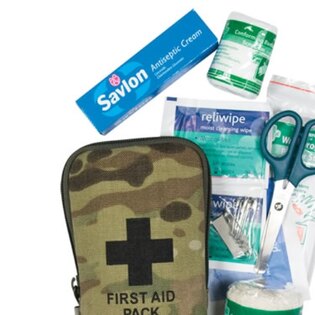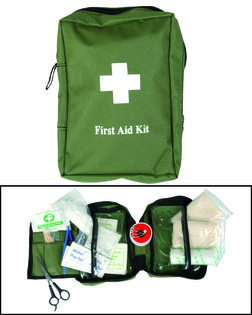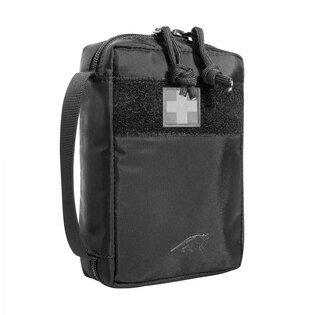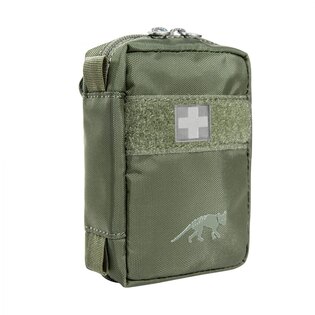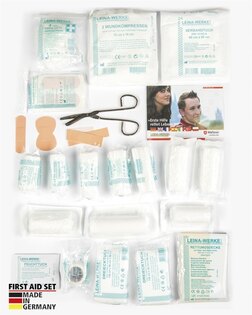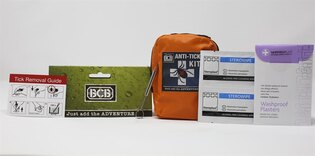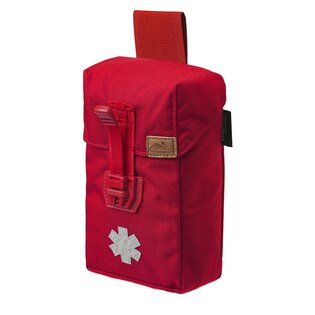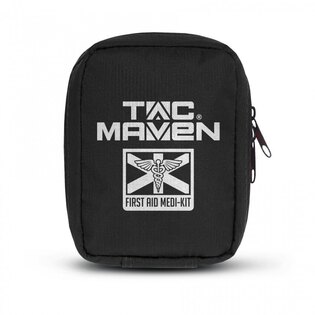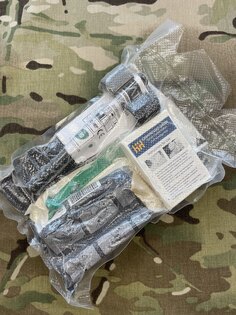What is the optimal limit for the number of items carried in your evacuation backpack
When it comes to carrying survival items, most people tend to overdo it a bit because they often don’t trust their knowledge. Some also believe that it’s better to have a little more than too little. The stricter among us carry only what they truly need, not just want, and then there are the minimalists who get by with the forest and one or two items in a fanny pack, or just a survival kit following the principle: "If it's not in the forest and with me, I don’t need it!".
A smaller carried weight also has its big advantages – you expend less energy carrying your backpack. And this further means that your caloric need is consistently lower when you carry it for an indefinite period (if you only go from one place to another once, like from work to home, it can be easily overdone). But don't forget that you will often be walking/hiding during some disaster in terrain that is already impassable today, and it takes effort to get through it healthy and without a backpack, let alone a few weeks without food and with a 75 kg backpack of things and 30 kg of weapons.
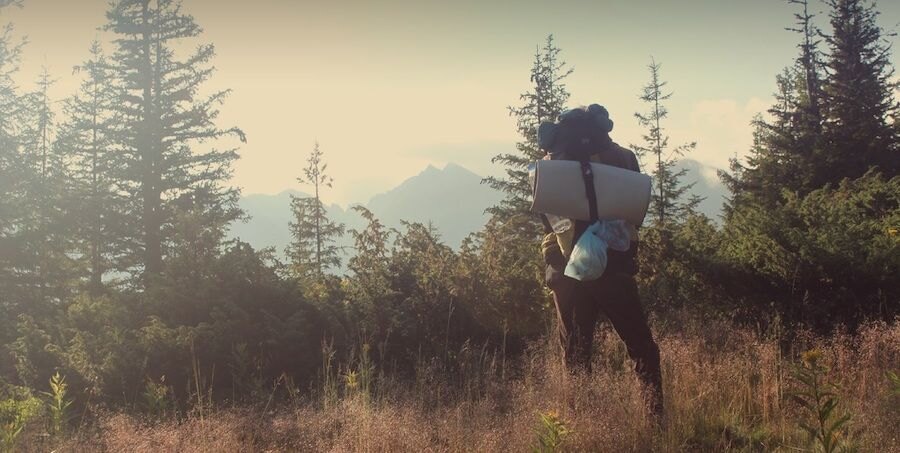
When building a universal survival kit, this is what you should always keep in mind – it always has to be universal.
With a similar bag that you plan to carry constantly after the disaster and thus every item in it, consider not twice, but ten times. Items that are not essential to you should be sorted out for your trips. It's an ideal time to try and find out which items and for what purposes would be useful, which are less so, and what is an outright tragedy.
Tips on how to decide how much stuff is needed in your backpack
When you put together an evacuation kit (whether for a regular move, moving to a new camp, a "bug out bag" evacuation bag, a disaster survival kit, ...), here are tips on how not to overdo it and still be effective.
After you have finalized what you will include in this set, do the following:
- Take absolutely everything out of your backpack and put it on the ground in front of you. Place the things in such a way that you can see them and now calmly look at all these things again.
- For each individual thing, think about whether it is essential for you?
- If so, put the item in the essentials pile.
- If it's not that important, put it in a pile with unimportant things.
- Then look through the less important ones. It is possible that some of these things will make your outdoor life easier, more fun, or perhaps increase the level of a certain personal skill / knowledge. For each one, you'll have to think about whether it's really the best way to sacrifice additional space and weight for this very thing.
Each small detail adds weight, which eventually adds up and becomes suspiciously high. The more thorough you are with this, the lighter backpack you'll end up with. And walking with a light backpack is sheer pleasure! You don't even need as much water in the summer, you don't sweat as much with it, etc.
Simply identify things needed, less needed and then sort them out ruthlessly. By the way, if you do not trust yourself at all in this matter and always bring extra things, you can entrust it to your partner and their critical eye and mind.
Additional tips for reducing the weight of the items you carry in your backpack
The "20 % of body weight" principle
Consider whether you should try to reduce all your carried items to a given set using the rule "it is recommended to carry a maximum of 20 % of your weight". So if you are an 80 kg guy, you shouldn't carry more than 20 kg. Your personal physical condition and training in this matter say a lot, but what if you break your leg in winter by the creek and are still forced to carry everything?
Take the pre-planned items in the evacuation bag as soon as possible for the test trip
After you have finalized the design of your evacuation bag, it is time to give it (and yourself with it) a practical test. Try putting on this backpack and make mental or real notes on how it feels to walk with it and how you would modify it for future use.
Wear only items that can be used multiple times
Try, if possible, to always prefer things that have the most uses. For example, a poncho can be used as a raincoat and as a backup shelter. You can also get a machete combined with a saw, and a compass that has a ruler and magnifying glass, ...
Carry only the lightest items in your evacuation bag
Follow the principles of minimalist and ultralight camping and traveling when building it. There are entire product lines for them.
Similar items can also be found smaller or lighter (titanium spork, titanium mug, ...). Definitely leave unnecessary weight at home. For example, it is not necessary to carry cans (25% of the weight is the metal packaging!) and anything with water (especially cans again! – water is at least a quarter of the weight, which is unnecessary, so you are carrying half of the weight in cans with water unnecessarily!). Also, choose more calorie-efficient options for carried food, such as fats (they have almost 900 calories per 100 g), instead of starches and sugars (they have 400-500 kcal per 100 g), which have been a habit and taste experience for mankind for approximately the last 10,000 years.
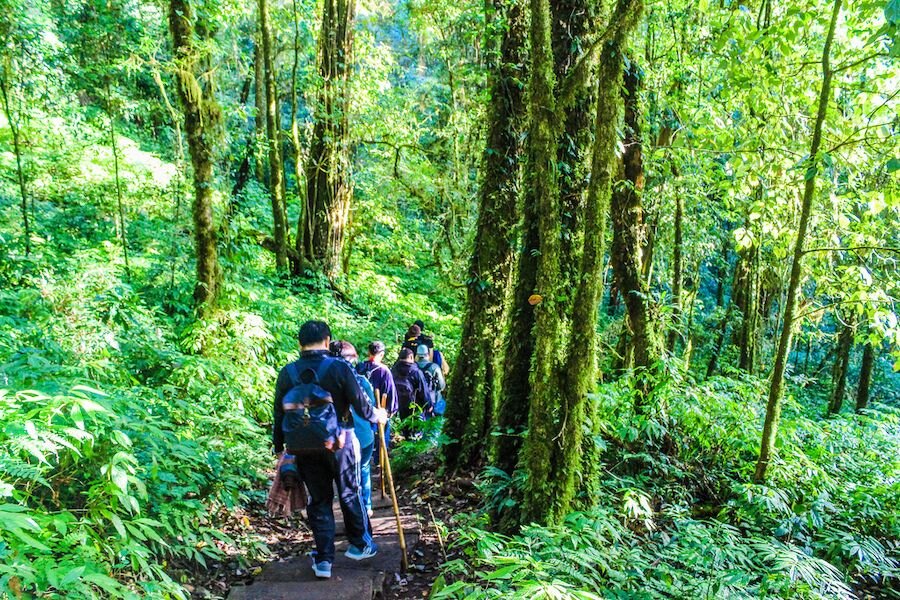
Well-fitting and reliable backpack, that is also something you should not overlook when creating your unique evacuation kit. You might not have the chance to correct your mistake, so make such purchases with extreme caution and only after thorough selection.
What specific items should you include in your evacuation backpack?
Logically, this matter largely depends on your specific needs and local requirements. Also on the duration and time in the field. Therefore, it's not possible to be entirely specific. However, a few general principles can be suggested to follow.
So here we have the 5 Cs and 10 Cs of survival according to Dave Canterbury, and as a quick basis, it's definitely more than okay:
5 Cs:
- Cutting - something for cutting is the hardest to replicate in nature (knives, multitools).
- Combustion - something to start a fire whether the conditions are dry or wet.
- Container - a container is also necessary - anything for boiling water + cooking food.
- Cordage - something for tying - like Paracord.
10 Cs:
- Candle light - something for lighting - but an LED lamp will also work.
- Cotton bandana - something to protect the head, at least 90 x 90 cm can be used for making tinder, for medical purposes, water filtration, ...
- Compass - a quality compass or even better, a compass is essential!
- Cargo tape - adhesive tape for quick repairs.
- Canvas needle - massive needle for sewing armor.
It is possible that you use different methods for selecting things for survival in the forest / in urban development. All the better for you and your survival, as most modern people prefer not to deal with similar things...
Readers are further interested
